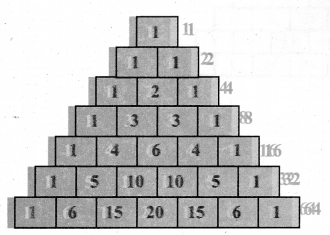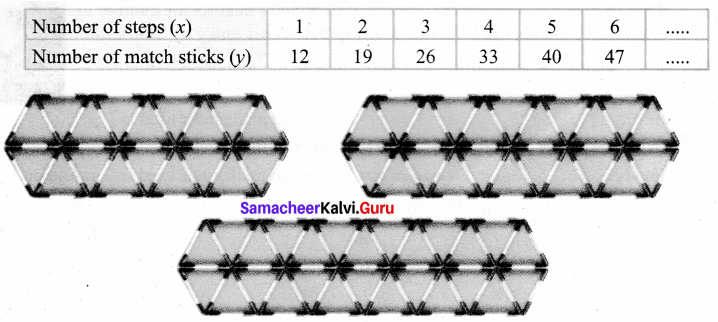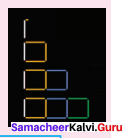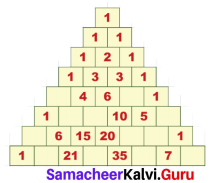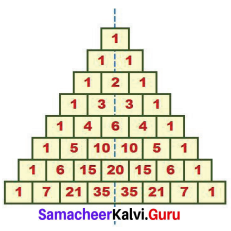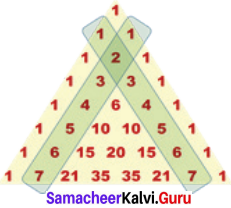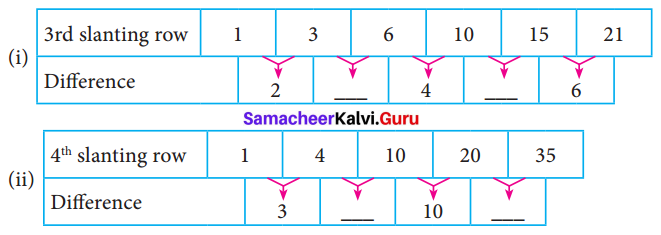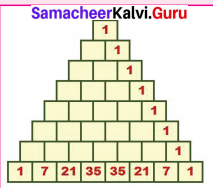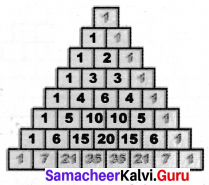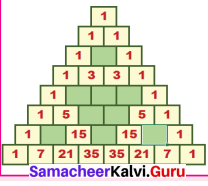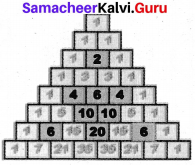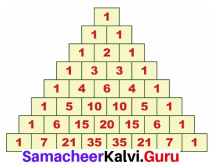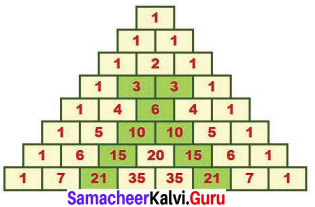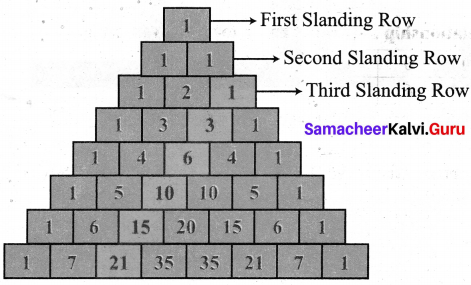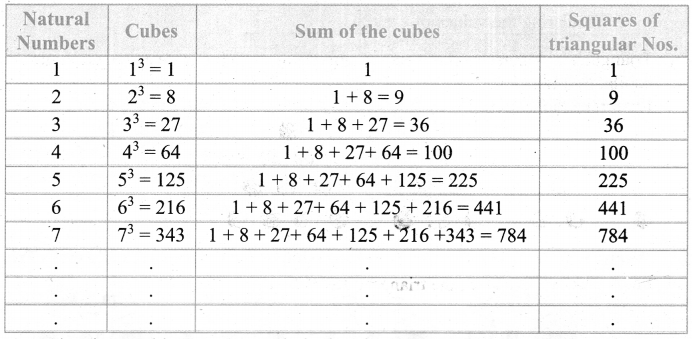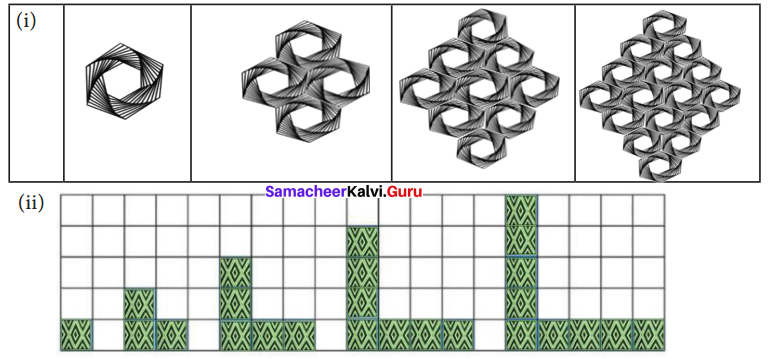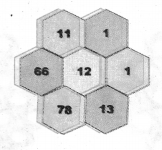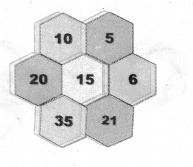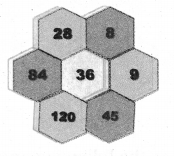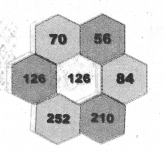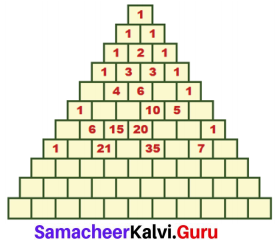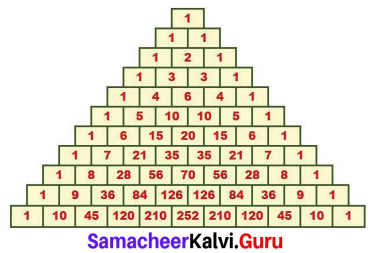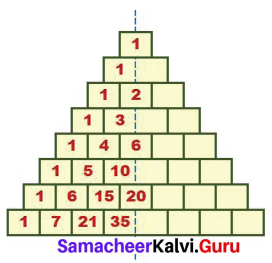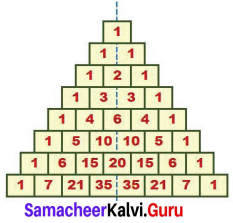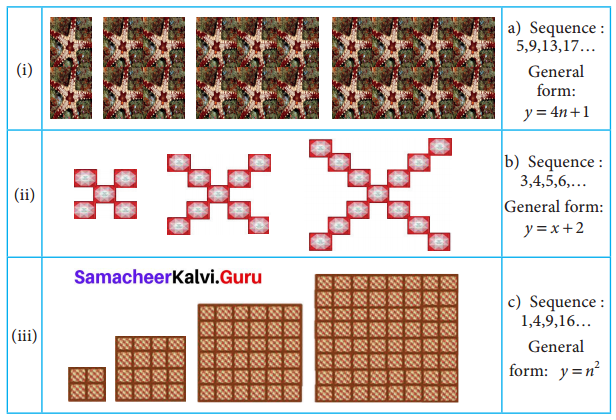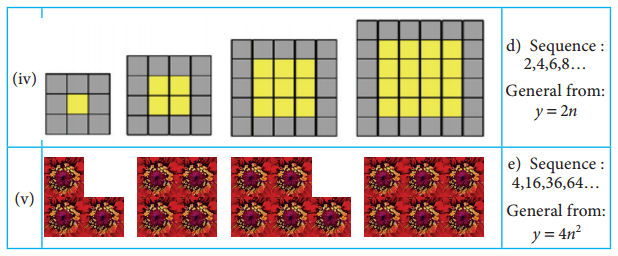Students can Download Maths Chapter 1 Number System Ex 1.2 Questions and Answers, Notes Pdf, Samacheer Kalvi 7th Maths Book Solutions Guide Pdf helps you to revise the complete Tamilnadu State Board New Syllabus and score more marks in your examinations.
Tamilnadu Samacheer Kalvi 7th Maths Solutions Term 2 Chapter 1 Number System Ex 1.2
Question 1.
Fill in the following place value table.
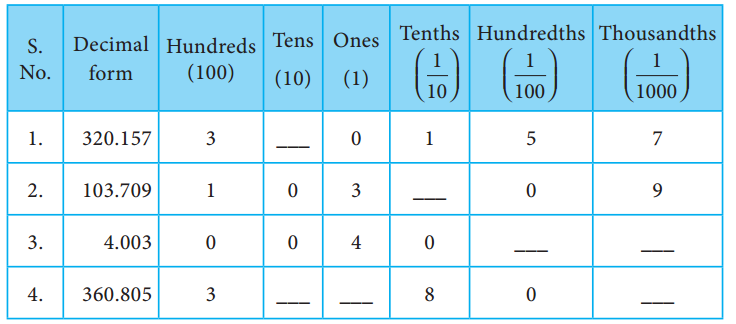
Answer:

![]()
Question 2.
Write the decimal numbers from the following place value table.
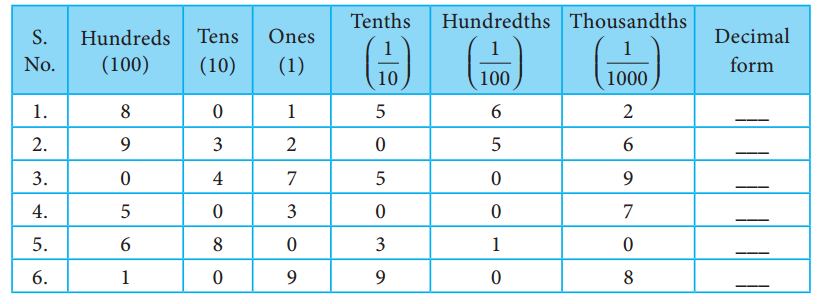
Answer:
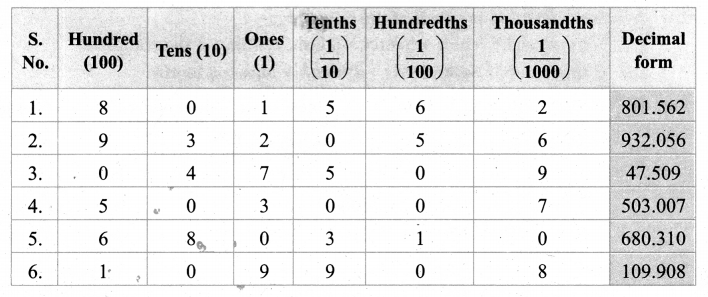
Question 3.
Write the following decimal numbers in the place value table.
(i) 25.178
(ii) 0.025
(iii) 428.001
(iv) 173.178
(v) 19.54
Solution:
(i) 25.178

(ii) 0.025

(iii) 428.001

(iv) 173.178

(v) 19.54

![]()
Question 4.
Write each of the following as decimal numbers.
(i) 20 + 1 + \(\frac { 2 }{ 10 } \) + \(\frac { 3 }{ 100 } \) + \(\frac { 7 }{ 1000 } \)
(ii) 3 + \(\frac { 8 }{ 10 } \) + \(\frac { 4 }{ 100 } \) + \(\frac { 5 }{ 1000 } \)
(iii) 6 + \(\frac { 0 }{ 10 } \) + \(\frac { 0 }{ 100 } \) + \(\frac { 9 }{ 1000 } \)
(iv) 900 + 50 + 6 + \(\frac { 3 }{ 100 } \)
(v) \(\frac { 6 }{ 10 } \) + \(\frac { 3 }{ 100 } \) + \(\frac { 1 }{ 1000 } \)
Solution:
(i) 20 + 1 + \(\frac { 2 }{ 10 } \) + \(\frac { 3 }{ 100 } \) + \(\frac { 7 }{ 1000 } \) = 21 + 2 × \(\frac { 1 }{ 10 } \) + 3 × \(\frac { 1 }{ 100 } \) + 7 × \(\frac { 1 }{ 1000 } \) = 21.237
(ii) 3 + \(\frac { 8 }{ 10 } \) + \(\frac { 4 }{ 100 } \) + \(\frac { 5 }{ 1000 } \) = 3 + 8 × \(\frac { 1 }{ 10 } \) + 4 × \(\frac { 1 }{ 100 } \) + 5 × \(\frac { 1 }{ 1000 } \) = 3.845
(iii) 6 + \(\frac { 0 }{ 10 } \) + \(\frac { 0 }{ 100 } \) + \(\frac { 9 }{ 1000 } \) = 6 + 0 × \(\frac { 1 }{ 10 } \) + 0 × \(\frac { 1 }{ 100 } \) + 9 × \(\frac { 1 }{ 1000 } \) = 6.009
(iv) 900 + 50 + 6 + \(\frac { 3 }{ 100 } \) = 956 + 0 × \(\frac { 1 }{ 10 } \) + 3 × \(\frac { 1 }{ 100 } \) = 956.03
(v) \(\frac { 6 }{ 10 } \) + \(\frac { 3 }{ 100 } \) + \(\frac { 1 }{ 1000 } \) = 6 × \(\frac { 1 }{ 10 } \) + 3 × \(\frac { 1 }{ 100 } \) = 0.631
Question 5.
Convert the following fractions into decimal numbers.
(i) \(\frac { 3 }{ 10 } \)
(ii) 3 \(\frac { 1 }{ 2 } \)
(iii) 3 \(\frac { 3 }{ 5 } \)
(iv) \(\frac { 3 }{ 2 } \)
(v) \(\frac { 4 }{ 5 } \)
(vi) \(\frac { 99 }{ 100 } \)
(vii) 3 \(\frac { 19 }{ 25 } \)
Solution:
(i) \(\frac { 3 }{ 10 } \) = 0.3
(ii) 3 \(\frac { 1 }{ 2 } \) = \(\frac { 7 }{ 2 } \) = \(\frac{7 \times 5}{2 \times 5}\) = \(\frac { 35 }{ 10 } \) = 3.5
(iii) 3 \(\frac { 3 }{ 5 } \) = \(\frac { 18 }{ 5 } \) = \(\frac{18 \times 2}{5 \times 2}\) = \(\frac { 36 }{ 10 } \) = 3.6
(iv) \(\frac { 3 }{ 2 } \) = \(\frac{3 \times 5}{2 \times 5}\) = \(\frac { 15 }{ 10 } \) = 1.5
(v) \(\frac { 4 }{ 5 } \) = \(\frac{4 \times 2}{5 \times 2}\) = \(\frac { 8 }{ 10 } \) = 0.8
(vi) \(\frac { 99 }{ 100 } \) = 0.99
(vii) 3 \(\frac { 19 }{ 25 } \) = \(\frac { 94 }{ 25 } \) = \(\frac{94 \times 4}{25 \times 4}\) = \(\frac { 376 }{ 100 } \) = 3.76
Question 6.
Write the following decimals as fractions.
(i) 2.5
(ii) 6.4
(iii) 0.75
Solution:
(i) 2.5 = 2 + \(\frac { 5 }{ 10 } \) = \(\frac { 25 }{ 10 } \)
(ii) 6.4 = 6 + \(\frac { 4 }{ 10 } \) = \(\frac { 64 }{ 10 } \)
(iii) 0.75 = 0 + \(\frac { 7 }{ 10 } \) + \(\frac { 5 }{ 100 } \) = \(\frac { 70+5 }{ 100 } \) = \(\frac { 75 }{ 100 } \)
Question 7.
Express the following decimals as fractions in lowest form.
(i) 2.34
(ii) 0.18
(iii) 3.56
Solution:
(i) 2.34 = 2 + \(\frac { 34 }{ 100 } \) = 2 + \(\frac{34 \div 2}{100 \div 2}\) = 2 + \(\frac { 17 }{ 50 } \) = 2\(\frac { 17 }{ 50 } \) = \(\frac { 117 }{ 50 } \)
(ii) 0.18 = 0 + \(\frac { 18 }{ 100 } \) = \(\frac{18 \div 2}{100 \div 2}\) = \(\frac { 9 }{ 50 } \)
(iii) 3.56 = 3 + \(\frac { 56 }{ 100 } \) = 3 + \(\frac{56 \div 4}{100 \div 4}\) = 3 + \(\frac { 14 }{ 25 } \) = 3 \(\frac { 14 }{ 25 } \) = \(\frac { 89 }{ 25 } \)
![]()
Objective Questions
Question 8.
3 + \(\frac { 4 }{ 100 } \) + \(\frac { 9 }{ 1000 } \) = ?
(i) 30.49
(ii) 3049 9
(iii) 3.0049
(iv) 3.049
Answer:
(iv) 3.049
Hint: = 3 × 1 + \(\frac { 0 }{ 10 } \) + \(\frac { 4 }{ 100 } \) + \(\frac { 9 }{ 1000 } \) = 3.049
Question 9.
\(\frac { 3 }{ 5 } \) = _______
(i) 0.06
(ii) 0.006
(iii) 6
(iv) 0.6
Answer:
(iv) 0.6
Hint: \(\frac { 3 }{ 5 } \) = \(\frac{3 \times 2}{5 \times 2}\) = \(\frac { 6 }{ 10 } \) = 0.06
![]()
Question 10.
The simplest form of 0.35 is
(i) \(\frac { 35 }{ 1000 } \)
(ii) \(\frac { 35 }{ 10 } \)
(iii) \(\frac { 7 }{ 20 } \)
(iv) \(\frac { 7 }{ 100 } \)
Answer:
(iii) \(\frac { 7 }{ 20 } \)
Hint: 0.35 = \(\frac { 35 }{ 100 } \) = \(\frac{35 \div 5}{100 \div 5}\) = \(\frac { 7 }{ 20 } \)











